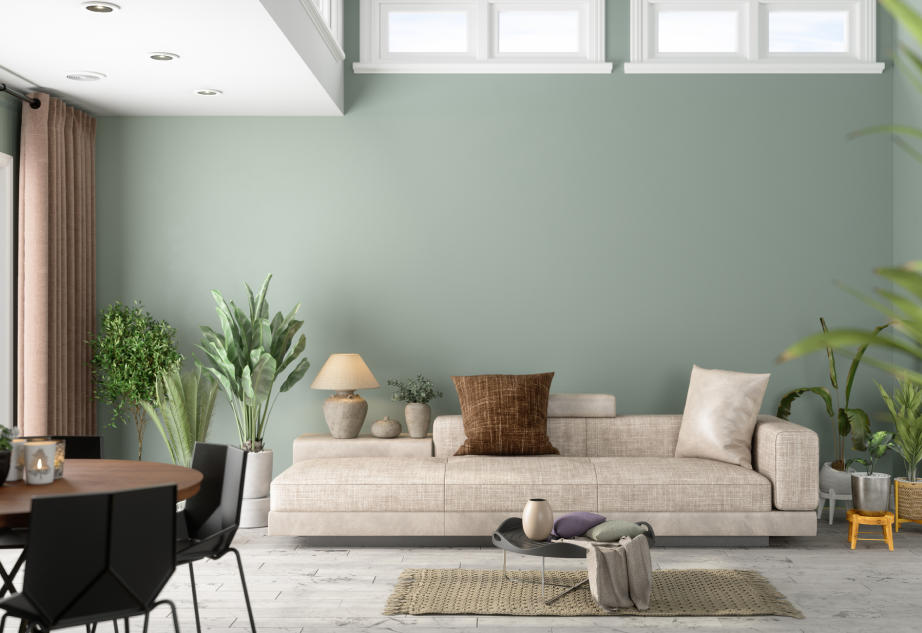What Are The Methods Used For Plastering Service by Professionals?
Professional plastering services involve the application of plaster or other finishing materials to walls, ceilings, and other surfaces in buildings. Plastering is a skilled trade that requires precision, expertise, and the right techniques to achieve a smooth and flawless finish. Professional plasterers utilize various methods depending on the type of surface, the desired outcome, and the specific requirements of the project. Here are the most common methods used for plastering service by professionals:
Traditional
Hand Troweling:
Traditional hand troweling is one of the most
common and time-tested methods of plastering Sydney.
It involves manually applying plaster onto the surface using a steel trowel.
The plasterer skilfully spreads and levels the material, creating a smooth and
even surface. Hand troweling allows for fine adjustments and is often used for
interior walls and ceilings in residential and commercial projects.
Spray
Plastering:
Spray plastering, also known as machine
plastering or mechanized plastering, involves the use of a plastering machine
or sprayer to apply the plaster onto the surface. The plaster is mixed with
water to a specific consistency and then sprayed onto the walls or ceilings.
Spray plastering is efficient and time-saving, making it popular for
large-scale projects and commercial buildings.
Venetian
Plastering:
Venetian plastering is a decorative technique
that creates a polished and marble-like finish on walls. It involves the
application of multiple layers of plaster, which are burnished with a trowel or
a polishing stone to achieve a smooth and glossy appearance. Venetian
plastering is often used in high-end interior designs and adds a luxurious
touch to the space.
Rendering:
Rendering is a method of plastering used on
exterior walls to protect them from weather elements and provide a clean, even
finish. It involves applying a coat of cement-based or lime-based render onto
the wall surface. The render can be textured or smooth, depending on the
desired appearance.
Float
and Set Plastering:
Float and set plastering is a two-coat
plastering process. The first coat, called the "float coat," involves
applying a thicker layer of plaster using a wooden float. This rough base coat
provides a level surface for the second coat. The second coat, called the
"set coat," is a thinner layer that is troweled smooth to achieve the
desired finish.
Skimming:
Skimming is a method used to achieve a smooth
finish on existing plaster or plasterboard surfaces. A thin layer of finishing
plaster is applied over the existing surface, providing a fresh and uniform
appearance. Skimming is commonly used in renovation projects to improve the
aesthetics of older walls or ceilings.
Dry
Lining (Plasterboard Installation):
Dry lining involves fixing plasterboard sheets
to walls or ceilings, creating a smooth and flat surface for further decoration.
The plasterboard is attached using adhesive or mechanical fixings. Once
installed, the plasterboard can be skimmed or decorated directly, depending on
the desired finish.
External
Wall Insulation (EWI):
External Wall Insulation involves applying insulation
boards to the exterior walls and then finishing them with a layer of render or
decorative cladding. EWI not only improves thermal efficiency but also enhances
the appearance of the building.


Comments
Post a Comment